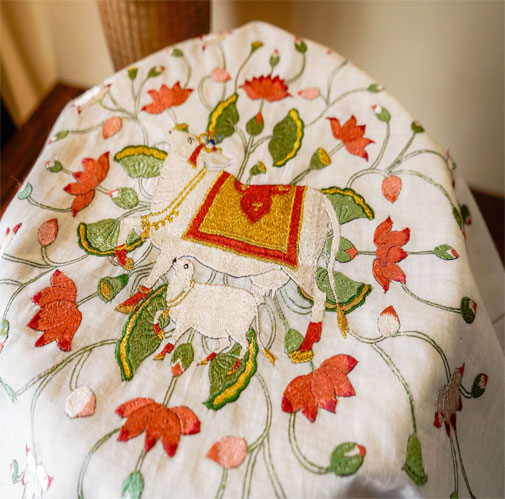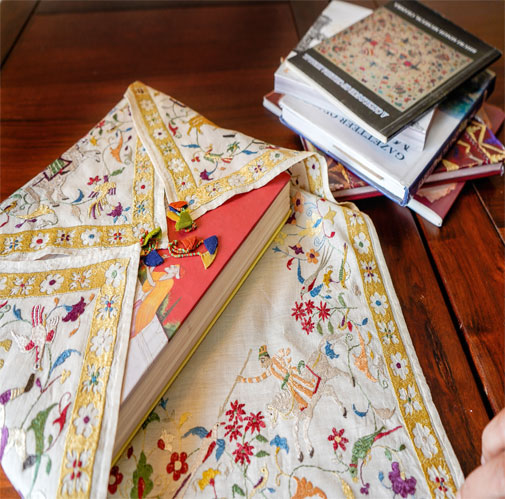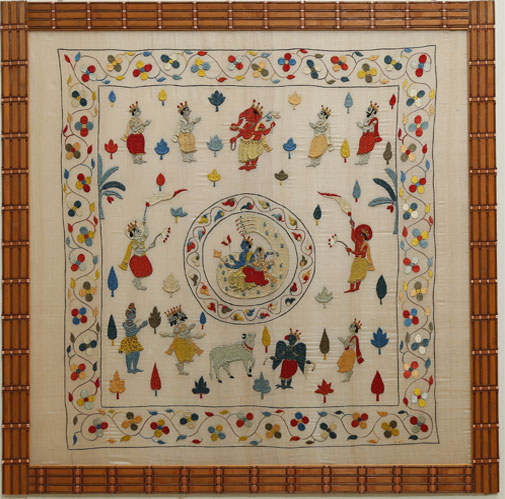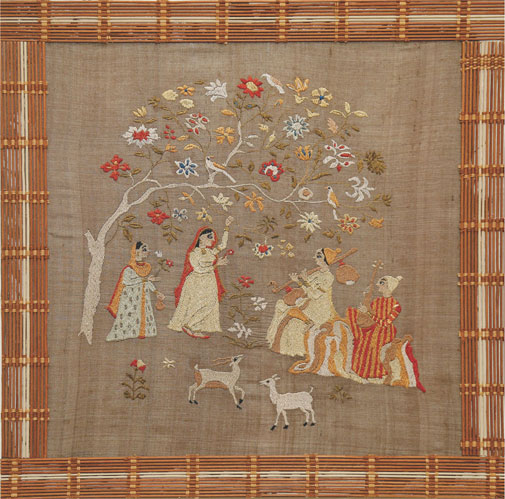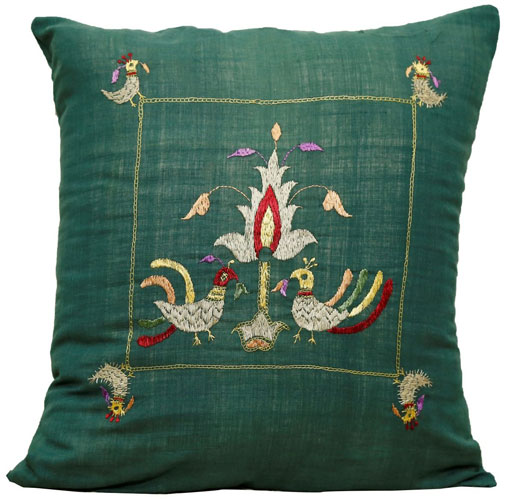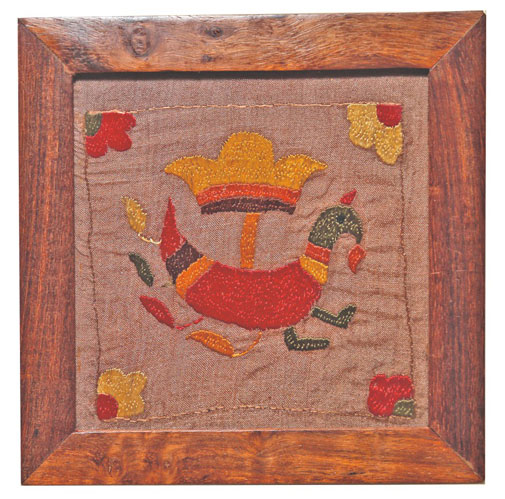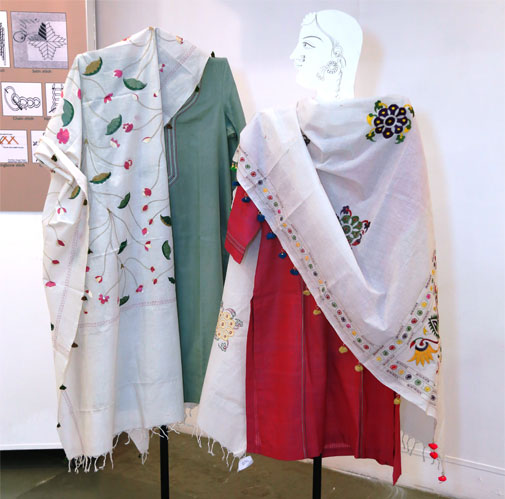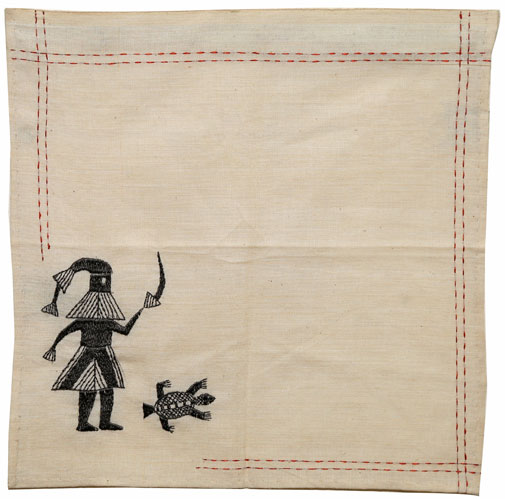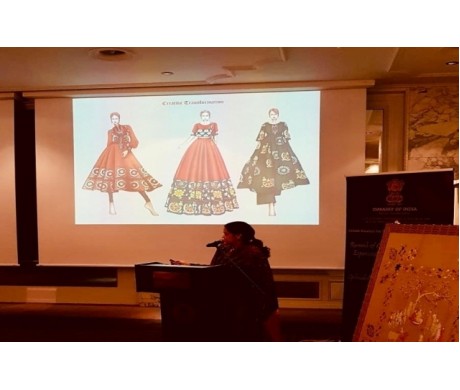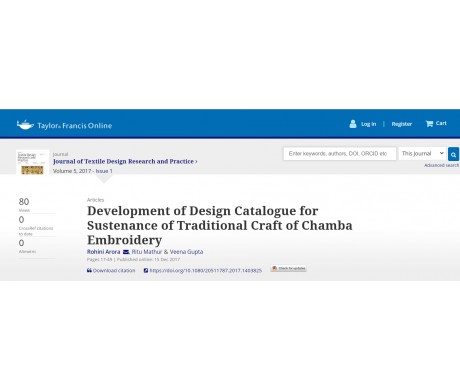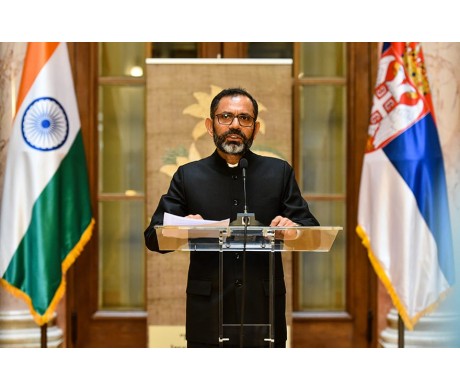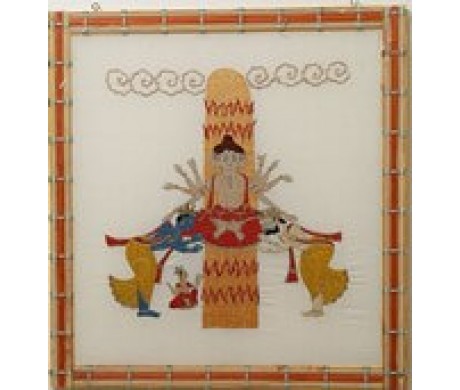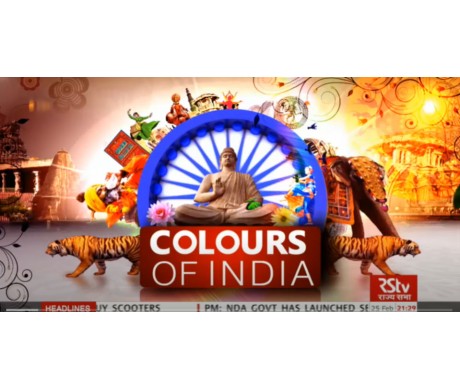Rumals of Chamba: The needle wonder of Pahari Himachal Pradesh

The exquisite art of embroidery where miniature paintings meet weaving, dating back to the 16th century or beyond, christened the Chamba Rumal, is named after its place of origin.
The Chamba valley in Himachal Pradesh is known for its detailed embroidery designs that depict scenes from mythology and folklore. Promoted under the patronage of the former rulers of the Chamba kingdom, the pahari women and those from the royal family engaged in this artistic pursuit.
Known throughout India as a common gift item during marriages, especially known for its detailed patterns in bright and pleasing colour schemes, the craft lost its importance post-independence and is today practiced only in its native Chamba.
Researcher Dr. Rohini Arora, whose initiative ‘Rumals of Chamba’ works with master craftsmen and artisans in the Chamba valley since 2009, throws light on its history. The earliest of the rumal is said to be one made by Bebe Nanaki, sister of Guru Nanak in the 16th century, now preserved in the Chola Sahib Gurudwara, Gurdaspur. The craft is said to have reached its peak during the 18th-19th century.
This finest form of Pahari embroidery over the years inhabits household furnishings such as cushion covers, and mantlepieces etc. Different curvilinear and geometrical motifs are made using untwisted silk yarns on coarser coloured khaddar (a coarse fabric). Other common materials comprise muslin, malmal, fine charcoal or brush, and silk threads without knots.
The double-sided darning stitch characterises the Chamba Rumals. Double-sided (dorukha) i.e similar on both sides of the fabric are used for partitions, covering for sacred books, musical instruments, sagan thal (auspicious platters), fruit baskets etc., providing new dimensions to the craft by suggesting new usages while keeping its traditional essence alive.
Dhaknus (square shaped) and chhabus (circular shaped) handkerchiefs are designed to cover baskets or thalis (large plates). Articles like hand fans, wall hangings etc are worked in single-sided darning stitches and their variations, and commonly on traditional pahari cholies (women’s blouses).
Combating the lack of proper knowledge and training the artisans to focus on developing the craft in terms of utility helps it spread among the masses.
Rumals of Chamba: The needle wonder of Pahari Himachal Pradesh

